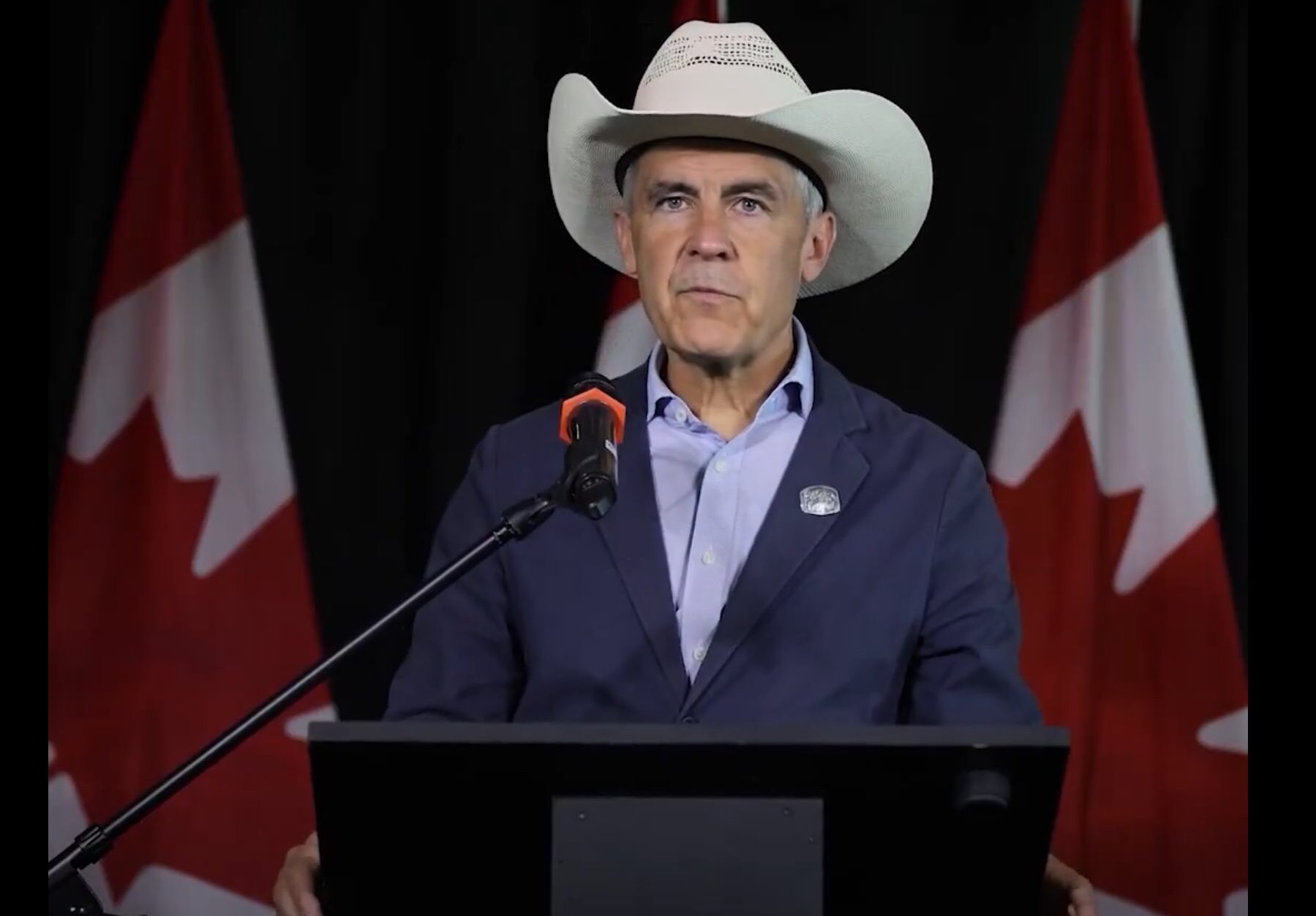Trump’s 35% Tariff Plan Challenges Carney’s Conflict-Averse Trade Strategy
Former U.S. President Donald Trump has once again shaken global economic circles with his renewed proposal for a 35% tariff on imported vehicles, a move that directly confronts Brian Carney’s carefully calibrated approach to trade diplomacy. The development reignites debates on the balance between national industrial revival and the risks of igniting broader economic conflict.
As Trump intensifies his 2024 presidential campaign, the Trump tariff narrative has re-emerged as a cornerstone of his protectionist agenda, promising to revive domestic manufacturing while exerting pressure on global trading partners particularly allies like Canada, Germany, Japan, and South Korea.
The 35% Tariff Bulldozer
Trump’s proposed 35% import tariff on cars is aimed at shielding American automakers from foreign competition, especially in the electric vehicle and hybrid sectors, where Asian and European companies are gaining ground. He argues this will bring back American jobs, rebalance trade deficits, and reinvigorate the Rust Belt economy.
However, critics fear this could provoke a wave of retaliatory tariffs, especially from major trading partners such as the European Union and China. Such a tit-for-tat response may destabilize markets, distort global supply chains, and escalate trade tensions to levels not seen since the U.S.-China trade war during Trump’s first term.
Carney’s Conflict-Averse Approach
Brian Carney, a senior economic strategist and former editorial writer for The Wall Street Journal, has long advocated for strategic patience and multilateral negotiation over combative trade policies. He is part of a school of thought that views tariff hikes as tools of last resort effective only when paired with diplomatic outreach and economic reforms.
Carney’s recent white papers and op-eds have stressed the importance of institutional trust and dispute-resolution frameworks like the World Trade Organization (WTO). A 35% across-the-board tariff, in his view, undermines long-term American credibility and invites economic volatility.
Strategic Risks for the Global Auto Industry
The proposed Trump tariff could send shockwaves through the global automobile supply chain. Companies such as Toyota, Volkswagen, and Hyundai, who manufacture both in the U.S. and overseas—are now reassessing their North American strategies. U.S.-based consumers may also face a surge in car prices, which could stoke inflation in a market already grappling with elevated interest rates.
According to the Center for Automotive Research, a 35% import duty could lead to:
- A 15% increase in average vehicle prices
- 40,000+ U.S. job losses in dealerships and service centres
- Retaliation affecting nearly $200 billion in annual global auto trade
Domestic Political Impact
Trump’s tariff proposal is being framed as part of a broader “America First” industrial policy aimed at reclaiming U.S. manufacturing dominance. However, it puts moderate Republicans and free-trade conservatives in a political quandary.
Brian Carney and others within the conservative policy network are advocating for restraint, arguing that the U.S. economy thrives best under open markets, clear rules, and predictable policies.
International Response and Economic Fallout
Governments in Canada, Germany, and Japan have expressed concern, with early diplomatic chatter hinting at potential retaliation through WTO complaints or reciprocal tariffs on American goods such as soybeans, aircraft parts, and tech products.
Global institutions like the IMF and OECD have warned that a broad-based tariff regime could subtract up to 0.4% from global GDP growth in 2025 if tensions escalate unchecked.
The proposed Trump tariff may galvanize populist support domestically, but it also reintroduces significant economic risk on a global scale. As figures like Brian Carney promote de-escalation and structured negotiations, the path forward hinges on whether diplomacy can outpace protectionism.
As the 2024 U.S. election season intensifies, this policy flashpoint will not only shape campaign narratives but may also redefine how America positions itself in an increasingly fractured global trade system.
Also Read : Trump 2025 tariffs and India: What They Mean for India and the Future of Global Trade

3 thoughts on “Trump’s 35% Tariff Plan Challenges Carney’s Conflict-Averse Trade Strategy”